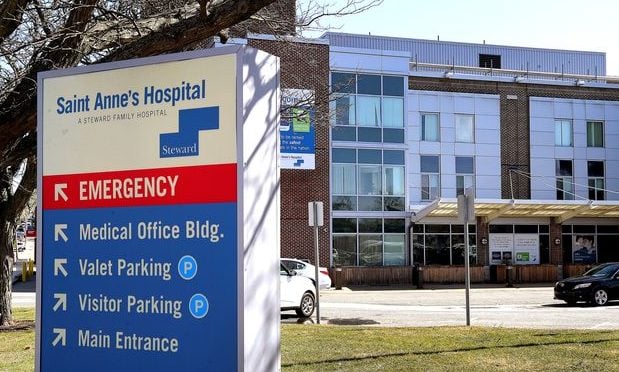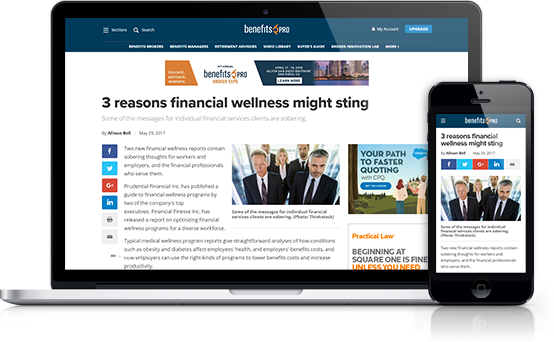I am scared. Really scared. I live and breathe the health care delivery and finance model in the U.S. every day, and I believe we are circling the drain. Although this analogy can apply to many areas of our system, there is one cycle I am referring to specifically.
Most providers (hospitals, doctors, pharmaceutical manufacturers) are in business for one reason and one reason only — to make money. And while they may fall back on the philanthropic or social aspects of what they do, that does not speak to their why. I know this because every action supports this. I was at an industry function recently in San Diego, and there happened to be a friend of another attendee in town who was a pharmaceutical rep. I casually asked him how he feels about the rising and astronomically high costs of many drugs. He said "Do you want my company to continue to fund the research and development into new life saving drugs that we come up with each year?" A common scapegoat. I said of course I do. But I happen to know that your company spends almost twice as much on marketing the drugs than they do on R&D, "So how about they cut back on marketing alone?" I said. What's interesting is they amortize their R&D over every country they sell their drugs in, about 44, according to my research. But the marketing to consumers can only be done in two countries: the U.S. and New Zealand. No other country allows it. So to say there is no room to dramatically reduce costs without even touching the R&D budget is a huge misnomer.
So how does this breed a death spiral? Well, it's one example of the sky high costs in our health care system. And, as my well regarded friend David Chase pointed out in another article, there is a perverse relationship in health care between cost and quality — higher cost generally equates to lower quality. So, the quality of our health care system is worsening with increasing costs (as a side comparison, how can we EVER expect health insurance to be high quality and low cost when the very thing it pays for is the opposite?) and we expect health insurance and the government to pay for it.
Continue Reading for Free
Register and gain access to:
- Breaking benefits news and analysis, on-site and via our newsletters and custom alerts
- Educational webcasts, white papers, and ebooks from industry thought leaders
- Critical converage of the property casualty insurance and financial advisory markets on our other ALM sites, PropertyCasualty360 and ThinkAdvisor
Already have an account? Sign In Now
© 2024 ALM Global, LLC, All Rights Reserved. Request academic re-use from www.copyright.com. All other uses, submit a request to [email protected]. For more information visit Asset & Logo Licensing.








